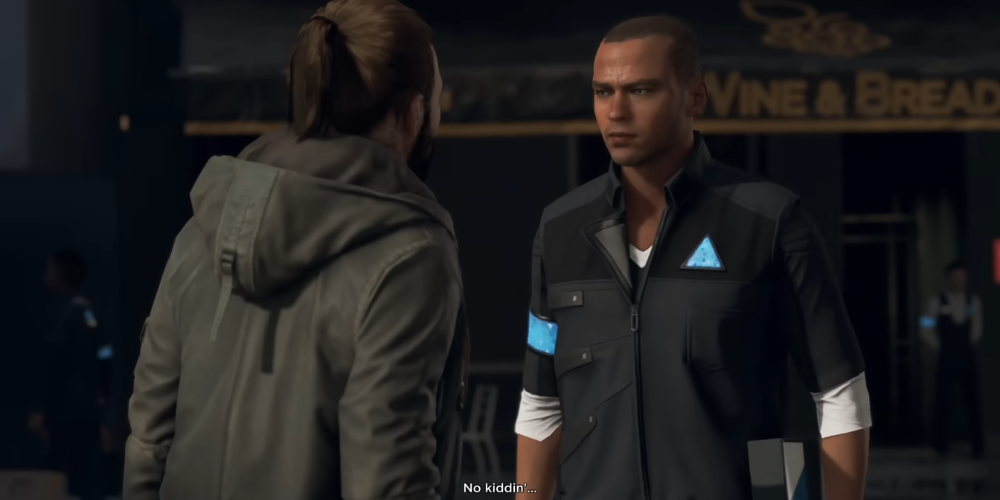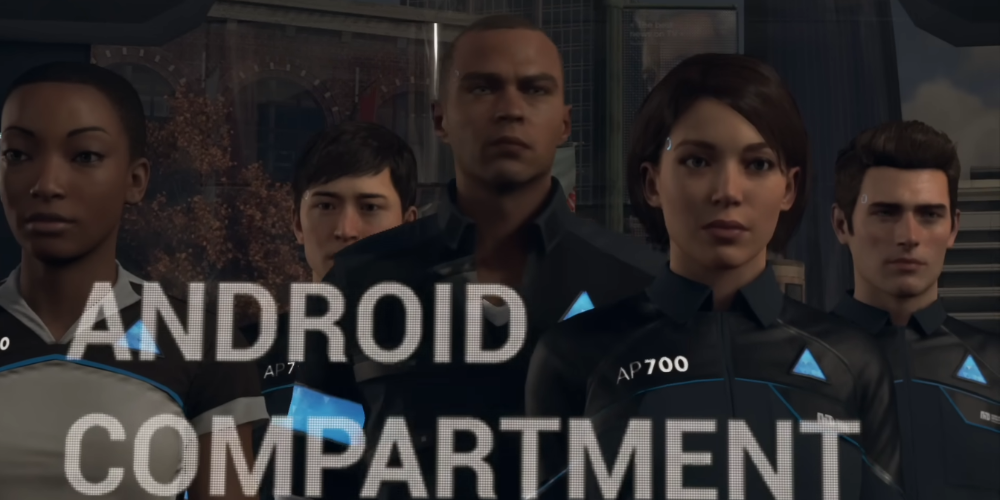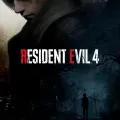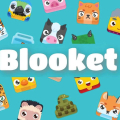Exploring the Impact of Different Decision Paths in Detroit: Become Human
Jun-20-2024

Detroit: Become Human is an interactive drama and action-adventure game that is unique from other video games due to its highly engaging narrative and decision-based gameplay. Your choices have immediate and long-lasting implications, making each decision path a game-changer. In this article, we'll delve into the core themes of the game, examine the game mechanics related to decision paths, and look at some of the most impactful decision scenarios.
Understanding Detroit: Become Human
Detroit: Become Human, the brainchild of development studio Quantic Dream, takes players into a beautifully grim dystopian future. In this world, androids aren't just figments of imagination. Instead, they have transcended the boundary between fiction and reality to become a part of everyday life. This premise itself is intriguing and lends a unique character to the narrative of the game.
However, as is always the case with advanced technology, Detroit: Become Human raises pertinent questions. The most crucial of these is whether these highly sophisticated androids, capable of thought and emotion, should be considered equivalent to humans in terms of rights. This question isn't just theoretical but forms the beating heart of the game's narrative, a contentious debate that provokes thought and introspection among players.

The game uniquely allows players to experience the narrative through the eyes of not one but three different characters - Connor, Kara, and Markus. While Connor is a police investigator android, Kara seeks a life beyond servitude, and Markus strives to free his kind from humanity's clutches. Each character, intricately scripted and detailed, offers a different vantage point and brings a unique voice to the narrative.
The game's stellar aspect, undoubtedly, is its branching narrative style. The story isn't merely influenced by the player's decisions. Instead, each character's story path is molded by these decisions, resulting in consequential effects that ripple throughout the narrative. Therefore, each playthrough has the potential to paint a remarkably different picture - something that marks it out in the constellation of video games and makes each engagement with it a unique experience.
The Decision-Based Gameplay
Quantic Dream has implemented an innovative narrative structure, allowing each decision to affect the game's outcome. When faced with a decision, the game pauses highlights the decision points and gives you a limited time to choose. Each choice you make contributes to your character's development and the course of their story.

The innovative approach of Detroit: Become Human extends beyond its narrative and gameplay mechanics. An essential feature that distinguishes the game from other narrative-driven titles is its end-of-chapter flowchart. After each chapter, the game presents you with a detailed graphical representation of your decision path. Not only does it highlight the decisions you made, but it also reveals the points at which these critical choices diverged the story path.
This emblematic flowchart isn't merely a list but a labyrinth that gives you a bird's eye view of your journey. It allows you to look back at the path you chose, every turn you took, and every decision that led you to the narrative cul-de-sac. Yet, it doesn't just map out your journey; it also highlights both the immediate and undiscovered routes you have yet to venture into, creating a guide to the hidden opportunities awaiting in your subsequent game plays.
This feature plays a crucial role in underlining the replay value of the game. With the intricate web of decision paths and the endless possibilities they present, the game encourages players to return. To explore the untrodden paths, to seek out new narratives, to find that elusive alternative ending — it's these elements that make the game a sandbox of 'what-ifs' adding to its replayability.

Moreover, the flowchart serves to magnify the depth and complexity of the narrative structure. By clearly laying out the sheer number of decision points and subsequent pathways, players gain a newfound appreciation for the meticulous design of the narrative. It's a visual testament to the detailed and intricate mechanisms that power Detroit: Become Human, making players understand the impact of their every choice on the game’s world and its characters.
Exploring Key Decision Scenarios
Every scenario presents an opportunity for the player to shape the narrative. Among the most significant scenarios include:
1. The Paints or the Bird?
Early on, players control Markus, an android owned by a painter named Carl. Carl sends Markus to buy paints, but on the way, he encounters a struggling bird. Here, the player must decide whether to help the bird or prioritize the paints. While a seemingly small choice, this decision helps shape Markus' character and affects how Carl perceives him.
2. Save the Fish or Keep Moving?
The opening scene with Connor presents a decision that many players remember. Upon arriving at a crime scene, Connor finds a fish on the floor. The game presents you with a choice: rescue the fish or carry on. This decision exemplifies the recurring predicament that Connor grapples with in the course of the game - to exhibit compassion or to concentrate on the execution of his mission.
Concluding Thoughts

In Detroit: Become Human, decision paths are much more than simple tools tonarrative'snarrative. They step beyond the boundaries of conventional gameplay to offer players a unique exploration into multifaceted aspects and nuances of the human condition. These pathways are the mirror that reflects concepts such as morality and empathy, questions of right or wrong, and the inherent complexity of choices.
The game does not shy away from confronting players with dilemmas and decisions that carry heavy moral and ethical implications. This interactive exploration is present" in the backdrop of " futuristic dystopia—adding more layers to the thought process. For instance, should an android, a technological creation, be considered 'alive' like humans and, consequently, be deemed"d worthy of rights and freedom? The gravity of choices isn't merely virtual but steers the player into considering complex philosophical and ethical dilemmas.
Moreover, the consequence becomes a silent companion of the player throughout the game. The consequences of each decision emanate from choices and reflect back on the game's narrative course - forging alternative pathways and steering the story towards different conclusions. These ripple effects of choices are not limited to major decision points; even ostensibly trivial decisions can result in dramatic shifts in the narrative trajectory, reaffirming that every choice counts.
In conclusion, Detroit: Become Human transcends the realm of interactive storytelling to become an exploration into the power of decisions. The game underscores the role of choices in molding experiences and sculpting outcomes. It weaves a narrative that resonates far beyond its virtual world, prompting players to reflect upon the tremendous power and responsibility that comes with decision-making. It stands as a remarkable testament to how decisions define us, our experiences, and the world around us.







